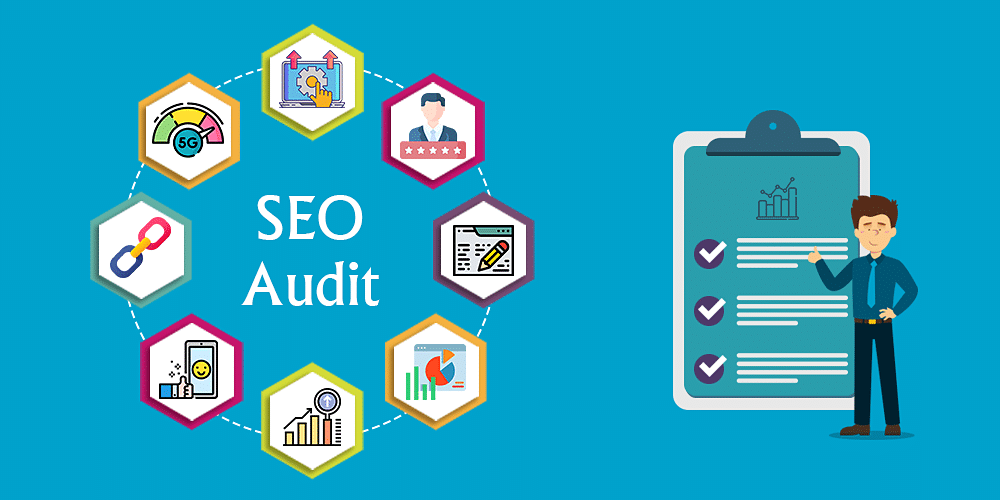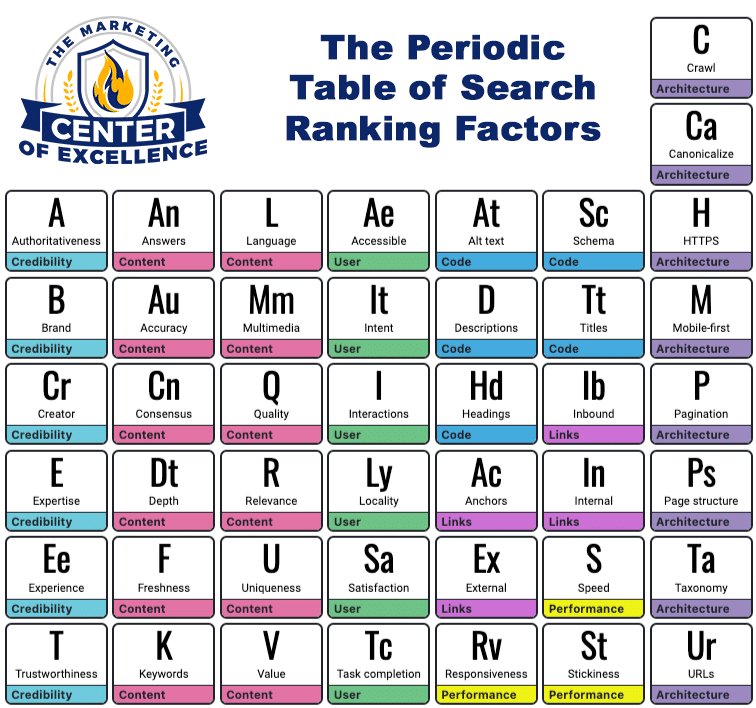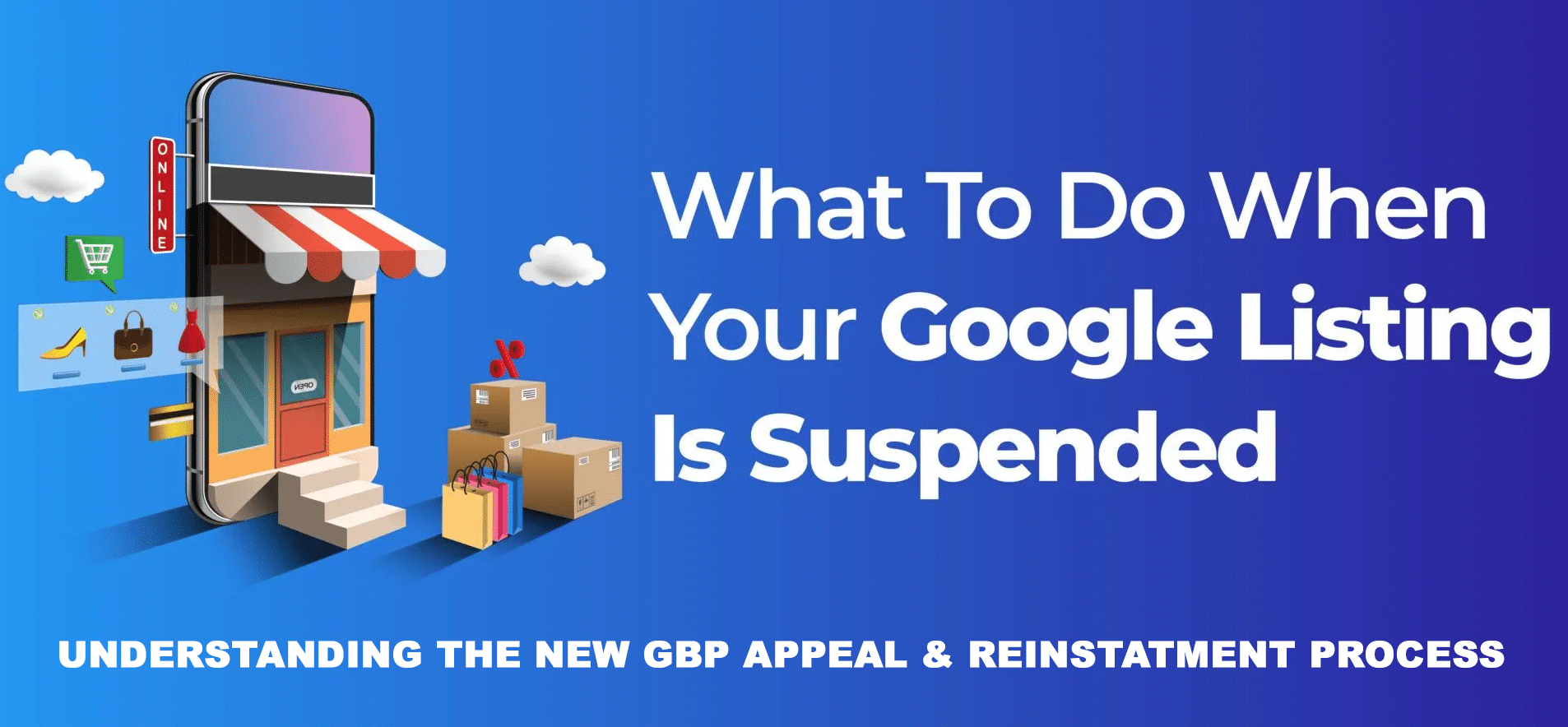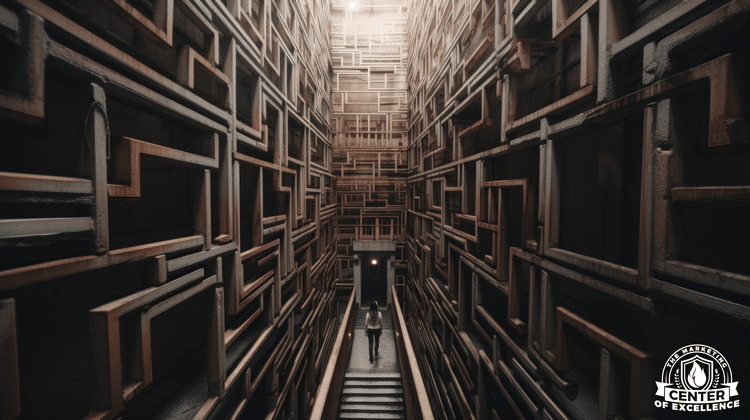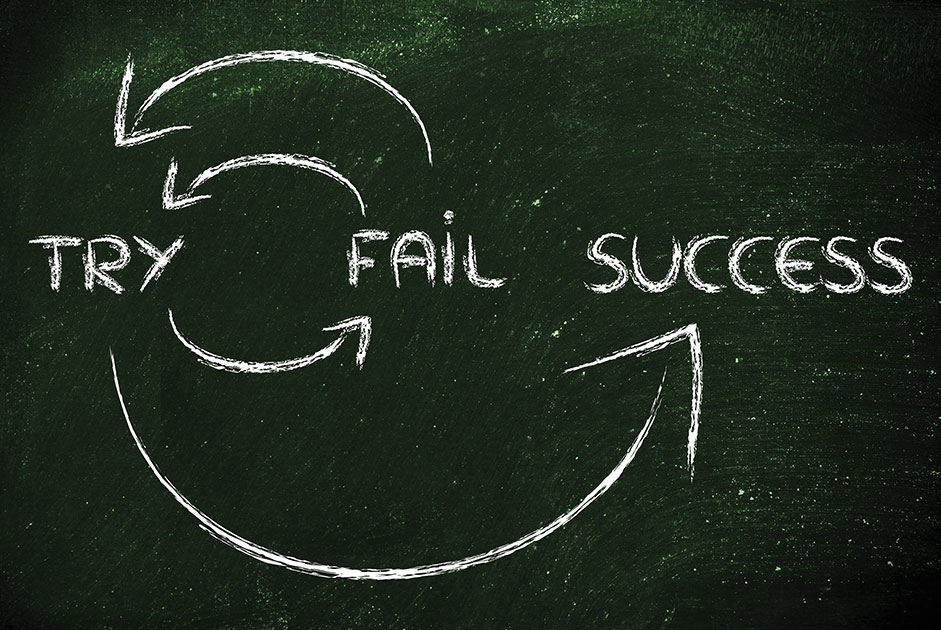Google’s John Mueller said it is a big deal if your most important page or pages are terrible but not such a big deal if your less important pages are terrible. So if your home page is terrible, that is really not good. But if your archived orphaned pages are not good, that is not such a big deal for Google SEO or ranking purposes.
John said on Mastodon “if a site’s most important page (say homepage) is “terrible” (in the sense of any algorithm), that’s a pretty big deal. If the same site has a random archived page that’s “terrible,” no big deal.”
The question was from Robb Watts, and his question didn’t exactly ask this; it was more about the percentage of bad pages, but here is what he said:
I’d read that where a domain is id’d as having a degree of unhelpful content that it can pull down the performance of the domain as a whole. Is there any kind of scale here? Eg domain has x% poor content and y% great, then ability to rank impact == usual position – z ?
Also if poor vs good content % ratio ( 5p/95g vs 60p/40g) then is ranking impact aligned to poor v good % ratios?
Is there anything you can share?
John responded:
Nuance + character-limit = hard :). Here’s an example: if a site’s most important page (say homepage) is “terrible” (in the sense of any algorithm), that’s a pretty big deal. If the same site has a random archived page that’s “terrible”, no big deal.
John later added again, “It’s really not a matter of number of pages or percentage of pages on a site, since those are such arbitrary metrics. It’s really more about the bigger picture for the site.”
There’s no absolute “page-percentage” number for this, I’d see it more as “what would the avg user think when they went through / saw your site”.
So yea, if the best stuff on your site is really, really bad, then that is a non-starter.













